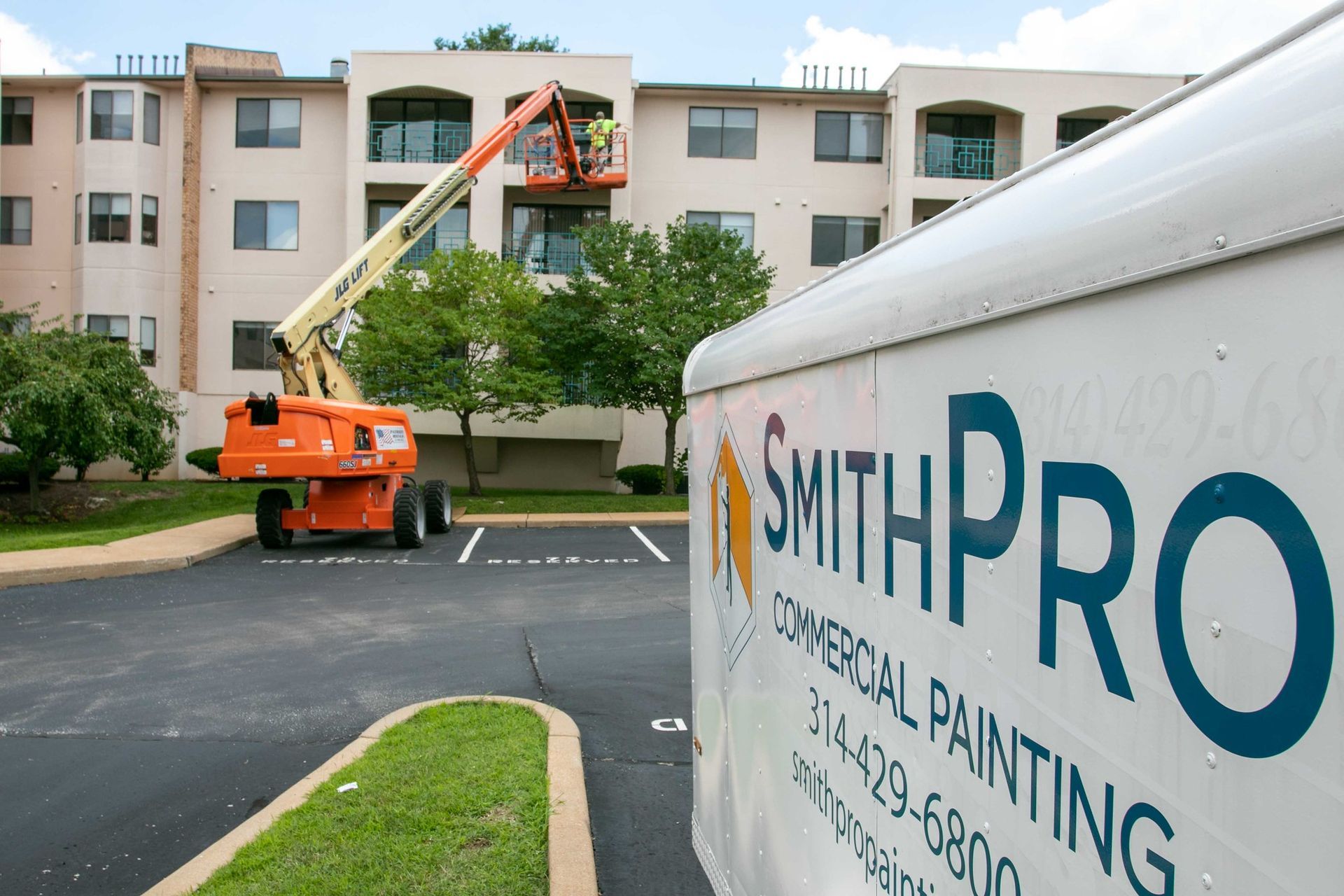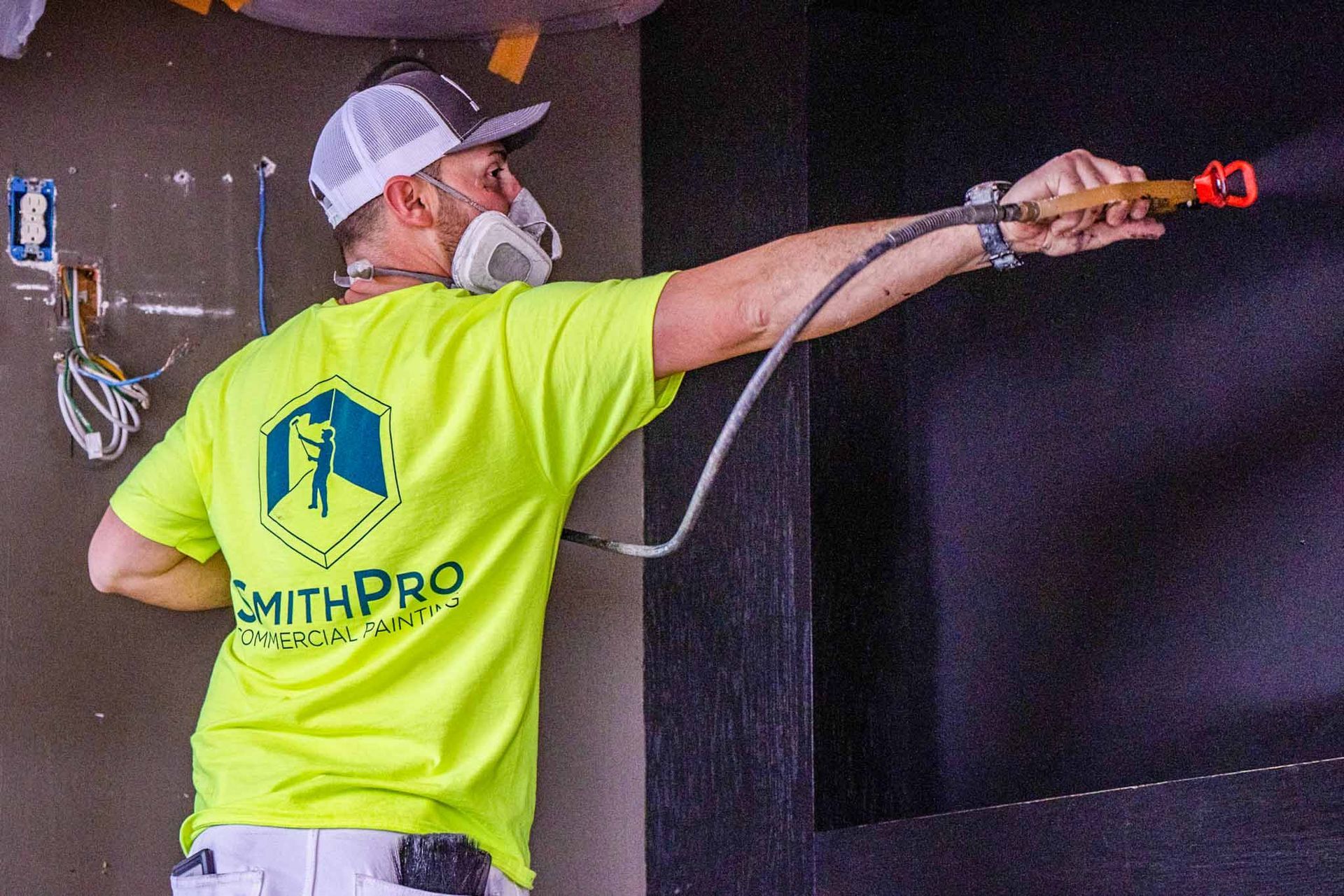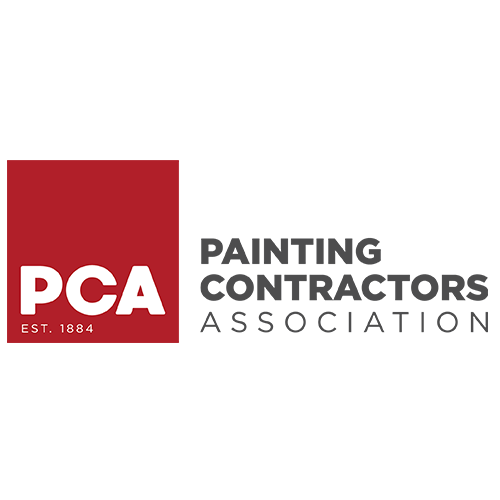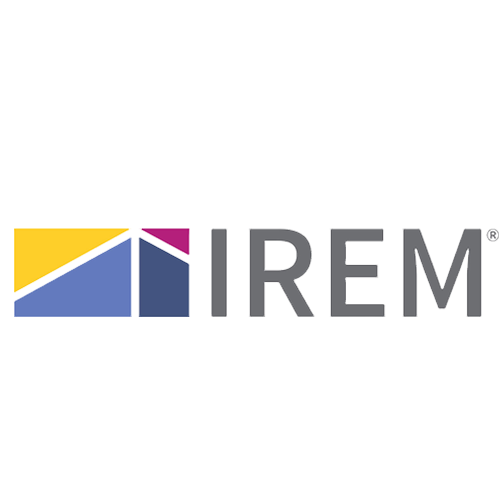When it comes to commercial painting projects, the end result often reflects the care and attention put into the preparation phase. Surface preparation is a critical step, sometimes overlooked in the rush to start painting.
However, even the highest-quality paint can fail prematurely without proper preparation, leading to peeling, bubbling, or uneven coverage.
Understanding why surface preparation matters and how to do it effectively can save time, money, and headaches in the long run.
Why Surface Preparation Is Crucial
The quality and longevity of any paint job depend heavily on the surface's condition. Paint doesn't adhere to dirty, rough, or damaged surfaces as well as clean, smooth ones.
Even minor imperfections can become significant problems over time. For commercial properties, where walls, doors, and trim endure high traffic and frequent use, surface preparation ensures that the paint will withstand wear and tear while maintaining a professional appearance.
Proper preparation also enhances the overall finish. Smooth, clean surfaces allow paint to spread evenly, creating a uniform color and texture.
This pre-painting procedure is critical in commercial settings, where aesthetics directly impact client perceptions, employee morale, and brand image.
Skipping preparation may save time upfront, but it often leads to costly repairs or repainting sooner than expected.
Steps in Surface Preparation
Surface preparation involves several key steps, each designed to ensure the paint adheres properly and lasts as long as possible.
Cleaning the Surface
The first step is always cleaning. Dirt, grease, dust, and other debris can prevent paint from bonding effectively.
Depending on the surface type, this may involve washing walls with mild detergent, using a pressure washer for exterior surfaces, or even sanding areas with stubborn residue.
For commercial spaces, paying attention to frequently touched areas, like door handles or trim, ensures a clean foundation for paint.
Repairing Damage
It is imperative to repair cracks, holes, and other imperfections before painting.
Spackling or patching these areas helps create a smooth surface, preventing unsightly bumps or uneven textures in the finished coat.
For exterior surfaces, it's essential to check for water damage or rot, as painting over compromised areas can exacerbate the problem.
Sanding
Sanding is an often-overlooked but critical part of surface preparation. It smooths rough areas, removes old paint chips, and creates a slightly roughened texture, allowing new paint to adhere better.
Sanding can be done manually with sandpaper or using power tools for larger surfaces. The goal is a consistent, even texture that ensures the paint spreads smoothly.
Priming
Priming is essential for surfaces that have never been painted, have been heavily patched, or are prone to stains. A good primer seals the surface, prevents moisture from penetrating, and creates a uniform base for the paint.
In commercial settings, using a primer appropriate for the surface type, wood, metal, drywall, or masonry, ensures optimal adhesion and durability.
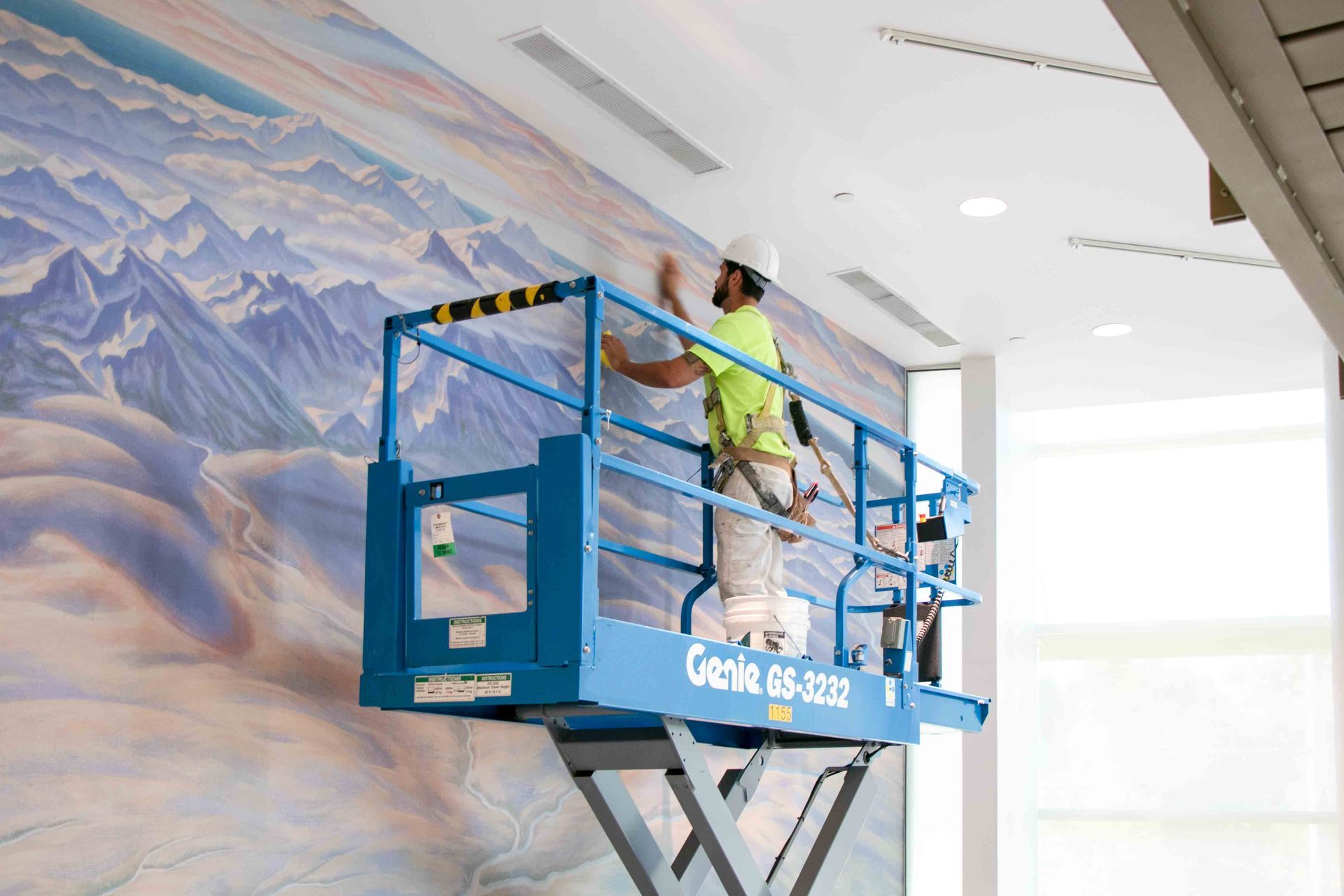
Benefits of Proper Surface Preparation
The benefits of thorough surface preparation extend beyond aesthetics. First and foremost, it significantly increases the lifespan of the paint. Well-prepared surfaces are less prone to peeling, cracking, or blistering, which reduces maintenance costs over time.
Proper preparation also enhances the efficiency of the painting process. Paint spreads more easily on a smooth, clean surface, reducing the number of coats needed to achieve full coverage.
This ease of application not only saves time but also reduces material costs. For commercial properties where downtime can impact operations, faster, more efficient painting is a significant advantage.
Additionally, well-prepared surfaces improve safety. For example, addressing damaged walls or surfaces before painting prevents hazards like loose debris or sharp edges. Protecting employees, clients, and visitors in high-traffic areas is particularly important.
Common Mistakes to Avoid
Even experienced painters sometimes make errors during surface preparation. Common mistakes include skipping cleaning, failing to repair damage, or neglecting to sand surfaces before painting.
Another frequent oversight is using the wrong primer or applying it unevenly. These mistakes can compromise paint adhesion, result in uneven finishes, and reduce the paint's lifespan.
It's also important to follow manufacturer guidelines for both paint and primer for commercial properties. Using the wrong products can cause premature wear, discoloration, or chemical reactions that affect the surface.
Partnering with Professionals
While some surface preparation tasks can be handled in-house, commercial painting projects often benefit from professional expertise.
Experienced painters understand the nuances of surface prep, from identifying hidden damage to selecting the right primers and techniques for each material. They also have access to specialized tools and equipment that can speed up the process while ensuring a high-quality finish.
At SmithPro Painting, we prioritize surface preparation in every project. Our team inspects each surface, cleans, repairs, sands, and primes as needed to guarantee a flawless finish that lasts.
Whether it's an office building, retail space, or industrial facility, proper preparation ensures your investment is protected and your property looks its best.

Work With SmithPro Commercial Painting
Surface preparation is far more than a preliminary step in the painting process; it's the foundation for a successful, long-lasting paint job.
By ensuring that the surface is receives an adequate cleaning, repairing, sanding, and priming surfaces, commercial property managers can ensure that their paint adheres properly, looks professional, and withstands the demands of daily use.
Neglecting preparation may save time initially, but it often leads to peeling, bubbling, or uneven paint that requires costly touch-ups or complete repainting.
By investing in proper surface preparation, and partnering with professional painters, you can achieve a durable, polished finish that enhances your property's appearance and protects your investment for years to come.
Contact us today to learn more about our professional painting services and how we can help bring your vision to life.


